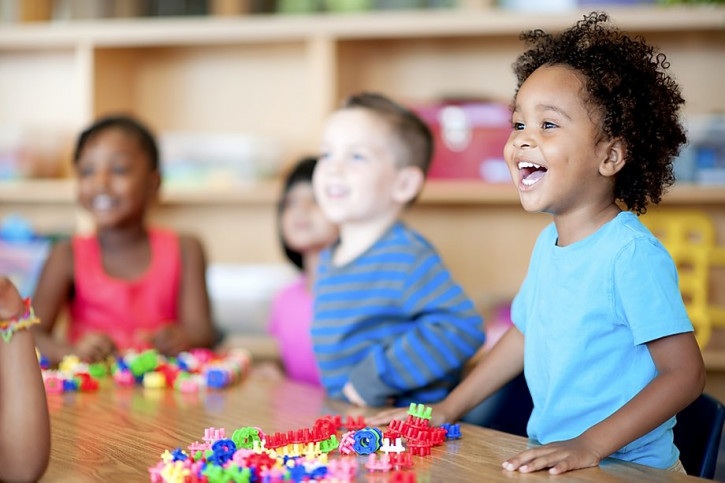The resources—which include an interactive poster and two illustrated books—have been tested to verify their efficacy.

Research shows that multilingual children can switch between their primary and additional languages using a process called translanguaging, which enables them to draw on whichever language(s) they need to communicate effectively.
Encouraging multilingual children to engage with questions in their most familiar language(s), builds their confidence and allows them opportunities to demonstrate their knowledge. Using this approach, young children are encouraged to draw from their full linguistic repertoire, helping them to improve their skills in all of their languages using the language practices they already possess.
Translanguaging Aotearoa—run by Dr. Corinne Seals of Victoria University of Wellington’s School of Linguistics and Applied Language Studies and Dr. Vini Olsen-Reeder of Te Kawa a Māui—aims to improve the way translanguaging is used in New Zealand. The project works with communities to collect and analyse observational data from multilingual preschools, and develop resources that support teachers and parents to use translanguaging successfully.
Wellington UniVentures has helped bring this research to the community by connecting Translanguaging Aotearoa with providers of early childhood education in New Zealand and overseas, setting up the website and e-book shop domain, and organising the printing of resource materials.
Watch as Dr Corinne Seales, Director of Translanguaging Aotearoa, explains more about how translanguaging works.
At a glance
Proven research
Increased confidence
Children are often embarrassed or hesitant to speak a new language, meaning they are unable to demonstrate their ability. Using the translanguaging approach gives them the confidence to take more risks and participate more in the classroom.
Community involvement
Researchers have worked with communities to collect and analyse observational data from multilingual pre-schools to create resources that support the successful use of translanguaging at school and at home.
Resources
READ
READ: Two books and a poster have been designed to build vocabulary, cultural understanding and content knowledge for young children. The books—Samoan/English and Māori/English—follow the proven principles of how readers move between two languages.
READ: Creating translingual teaching resources based on translanguaging grammar rules and pedagogical practices

